The Ultimate Guide to Choosing the Best Lens Cleaner for Your Optics
In the world of optics, maintaining the cleanliness of your lenses is vital for optimal performance and longevity. According to a report by the Optical Society of America, nearly 30% of users experience diminished visual clarity due to lens smudges and dust, underscoring the importance of using the right Lens Cleaner. With an array of products available on the market, selecting the most appropriate Lens Cleaner can be daunting. Factors such as compatibility with lens coatings, effective cleaning properties, and safety for your equipment must all be considered. This guide aims to provide insightful tips and comprehensive information to help you make an informed decision, ensuring your optics remain pristine and functioning at their best.
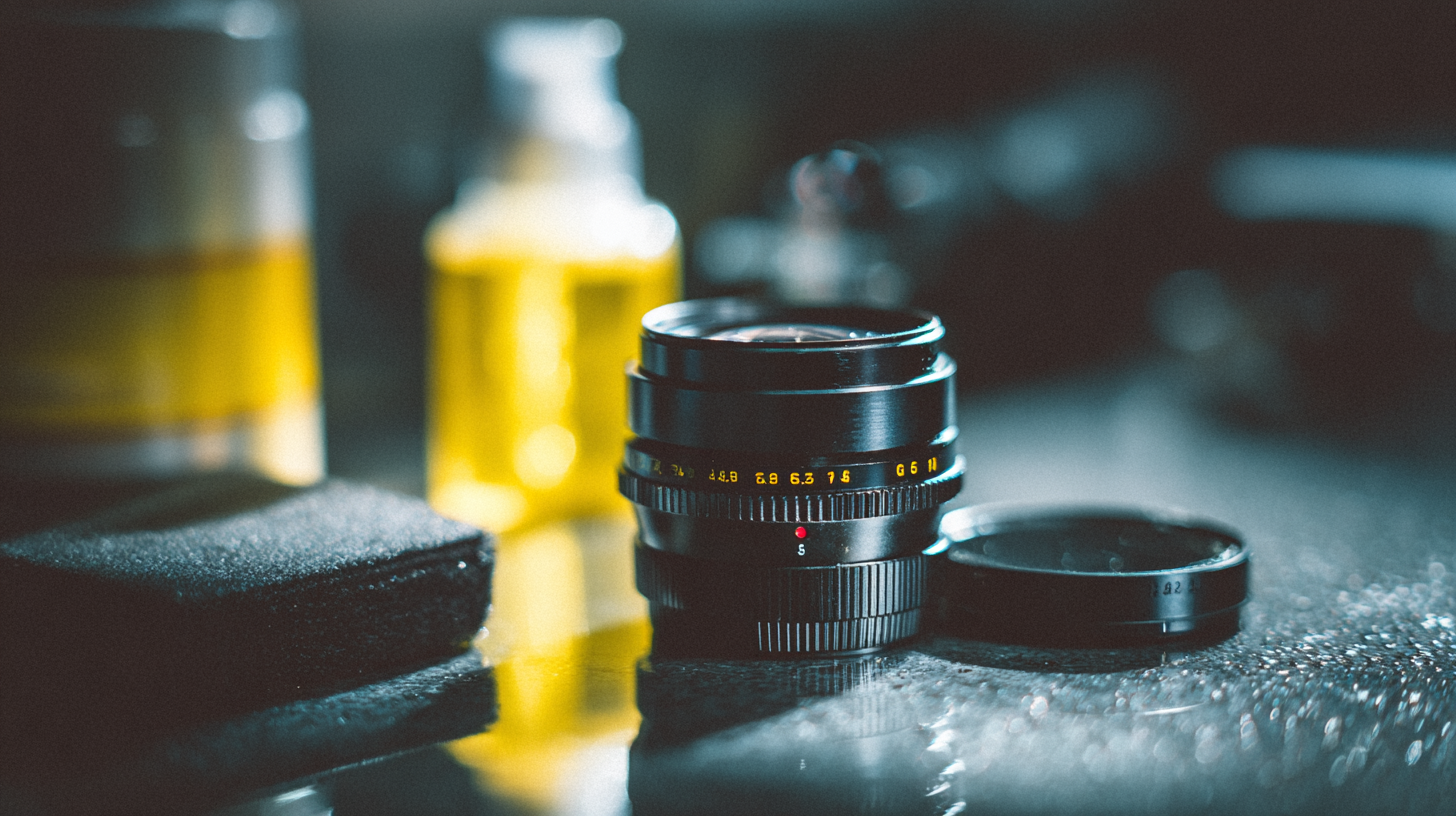
Understanding the Different Types of Lens Cleaners for Optics
When it comes to maintaining the clarity of your optics, using the right lens cleaner is essential. There are several types of lens cleaners available, each designed to cater to specific needs. Liquid cleaners are among the most common and often come in spray bottles, making them easy to apply. These solutions usually contain mild surfactants that help remove dirt, smudges, and oily residues without damaging the lens coating.
For those who prefer convenience, pre-moistened lens cleaning wipes are a great option. They provide a mess-free way to clean your lenses on the go.
Another type is the microfiber cloth, which can be combined with either liquid cleaners or used on its own. Microfiber is known for its soft texture, which helps prevent scratches while effectively lifting away dust and grime. It's essential to ensure that any cloth you use is specifically designed for optics, as some materials can leave scratches or fibers behind.
Additionally, there are specialized cleaners for specific types of optics, like camera lenses or eyeglasses, which may have unique coatings. Understanding these differences can help you choose the best lens cleaner that meets your specific needs and ensures the longevity of your optics.
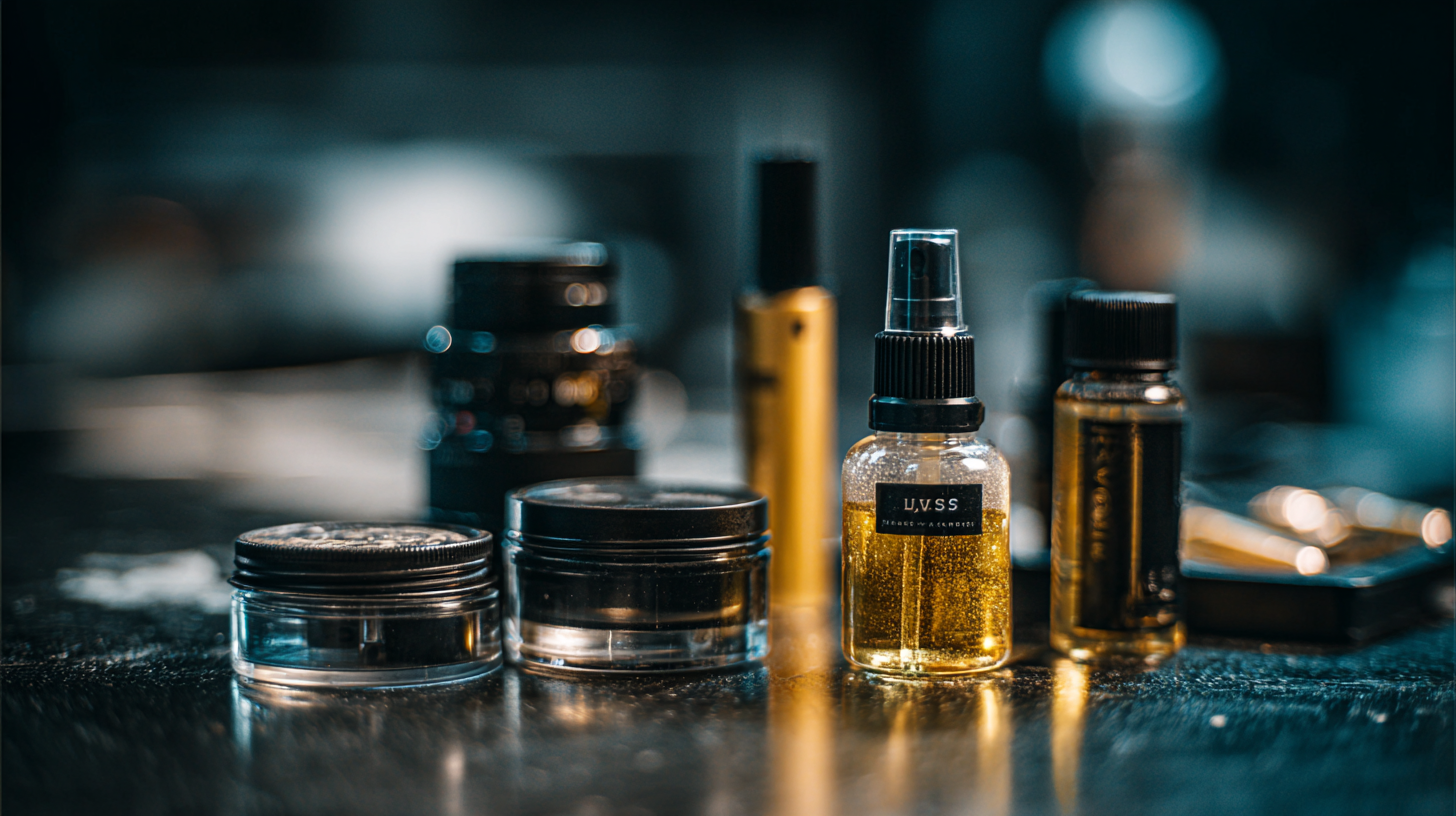
Key Ingredients to Look for in Effective Lens Cleaning Solutions
When selecting an effective lens cleaner for your optics, understanding the key ingredients can significantly enhance your cleaning routine. Notably, alcohol-based solutions are highly effective due to their quick evaporation properties and ability to dissolve oils and residues. According to a report by the Optical Society, solutions containing at least 70% isopropyl alcohol not only remove smudges but also provide a disinfecting effect, making them particularly beneficial for frequently handled optics.
Another essential component to look for is a surfactant. These compounds, such as nonionic surfactants, help break down stubborn grime and are gentle enough to maintain the integrity of sensitive lens coatings. A study conducted by the American Optometric Association highlights that products featuring surfactants exhibit superior cleaning efficacy while ensuring minimal risk of scratching the lens surface. Moreover, anti-static agents can also be beneficial, as they help minimize dust accumulation post-cleaning, leading to a clearer optical experience. Choosing a lens cleaner that includes these key ingredients can ensure your optics remain spotless and functioning optimally.
Step-by-Step Guide: How to Properly Clean Your Lenses
Cleaning your lenses properly is essential for maintaining their clarity and ensuring a long lifespan. Start by gathering your cleaning supplies, including a microfiber cloth, lens cleaner solution, and a blower or brush. Avoid using paper towels or your clothing, as these may scratch the lens surface.
First, gently blow off any dust or debris from the lens using a blower. This helps prevent scratches during the cleaning process. Next, apply a few drops of lens cleaner solution onto the microfiber cloth, never directly on the lens. Using a circular motion, wipe the lens from the center outward, ensuring you cover the entire surface while avoiding excessive pressure.
Tip: Always check the label of your lens cleaner to confirm it's suitable for your specific type of optics, whether they are coated or uncoated lenses. Also, remember to clean your lenses regularly, especially if you use them in dusty or outdoor environments. Regular maintenance not only enhances visual clarity but also protects the integrity of your optics for years to come.
The Ultimate Guide to Choosing the Best Lens Cleaner for Your Optics
| Lens Cleaner Type | Material Compatibility | Cleaning Method | Drying Time | Eco-Friendly |
|---|---|---|---|---|
| Spray Cleaner | Glass, Plastic | Spray and Wipe | Quick (1-3 mins) | Yes |
| Lens Wipes | Glass, Coated Lenses | Wipe | Instant | No |
| Microfiber Cloth | All Types | Wipe | N/A | Yes |
| Foam Cleaner | Glass | Apply and Wipe | Moderate (3-5 mins) | No |
| Liquid Cleaner | Glass, Plastic | Dip and Wipe | Quick (1-2 mins) | Depends |
Common Mistakes to Avoid When Using Lens Cleaners
When it comes to maintaining optical devices, selecting the right lens cleaner is critical, but using it incorrectly can lead to significant damage. One of the most common mistakes users make is using paper towels or rough fabrics for cleaning lenses. According to a report by the American Optometric Association, abrasive materials can scratch the delicate coatings on lenses, ultimately leading to costly repairs or replacements. Instead, using microfiber cloths, specifically designed for optics, ensures a gentle touch while effectively removing dust and smudges.
Another frequent error is applying cleaning solutions directly on the lens rather than onto the cleaning cloth. A study published by the Optical Society emphasizes that excessive moisture can seep into the edges of the lens, potentially damaging internal components. Optometrists recommend spraying the cleaner onto a soft cloth first, allowing for better control and reducing the risk of damaging sensitive parts. By avoiding these common pitfalls, users can significantly extend the life of their optics while maintaining optimal performance and clarity.
Recommended Practices for Maintaining Your Optics in Top Condition
Maintaining your optics in top condition is not only essential for preserving image quality but also for extending the life of your equipment. Regular cleaning and proper care can significantly enhance performance; according to a report by the Optics Manufacturers Association (OMA), nearly 30% of optical issues arise from improper maintenance and cleaning methods. To keep your lenses clear and functional, it’s crucial to use appropriate lens cleaners that are specifically formulated for optical surfaces. These cleaners should be pH-balanced and free from ammonia, which can degrade coatings over time.
In addition, adopting a comprehensive maintenance routine is key. A study by the International Society for Optics and Photonics (SPIE) found that routine inspections and cleaning every few months can reduce the likelihood of permanent damage. When cleaning your optics, always use microfiber cloths to avoid scratching and ensure that any dirt or debris is removed beforehand to prevent abrasive damage. Incorporating these practices into your care routine can help you enjoy clearer images and preserve the integrity of your optics for years to come.
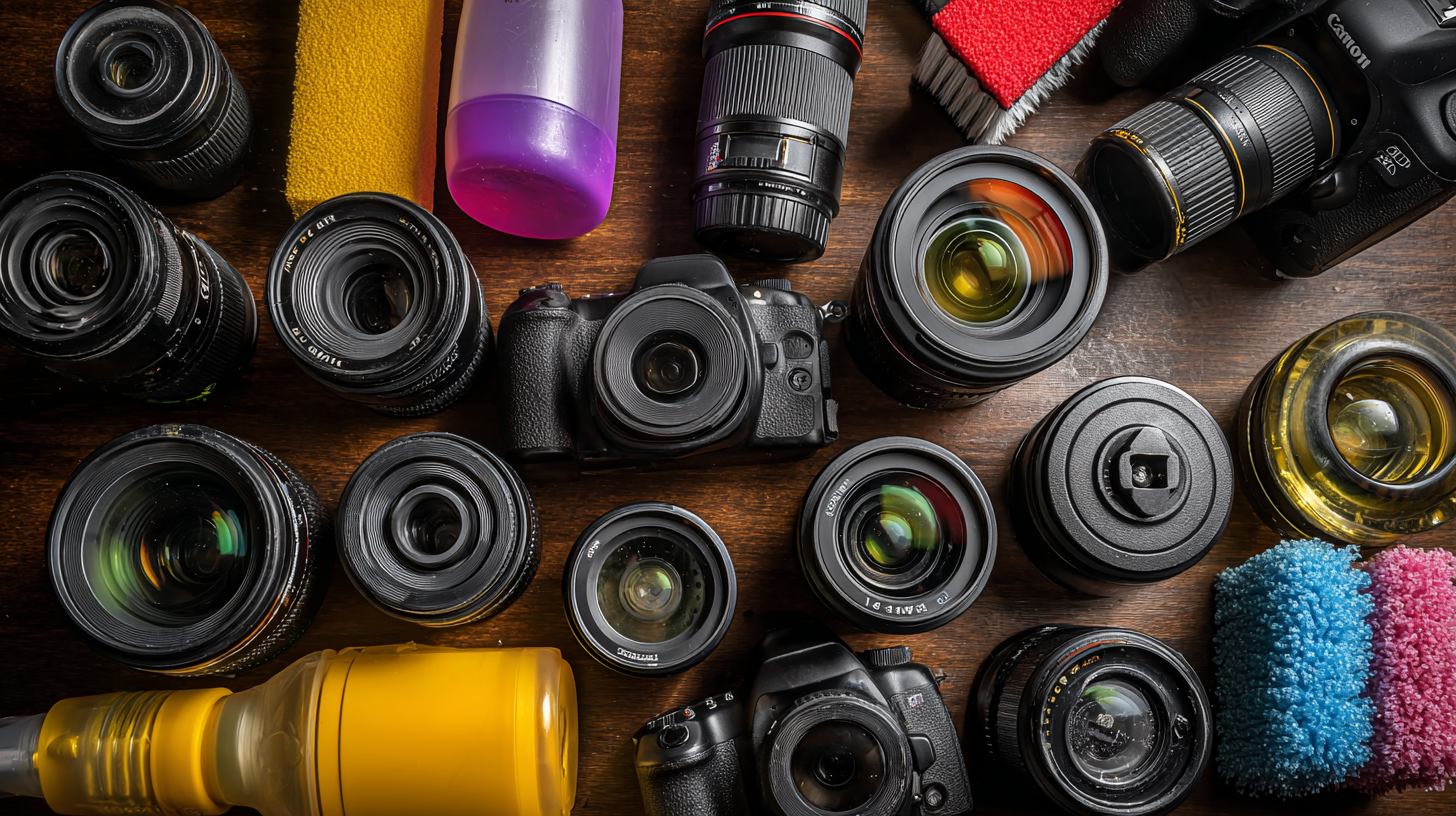
Related Posts
-
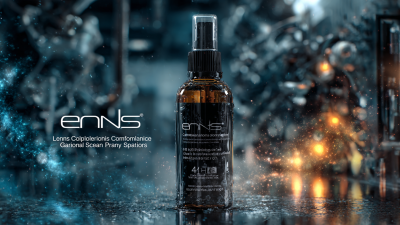
Ensuring Global Compliance in Lens Cleaner Spray Production Standards
-

Advantages of Using Lens Cleaner Spray for Crystal Clear Vision
-

Mastering the Art of Lens Care: A Step-by-Step Guide to Using Lens Cleaner Spray Effectively
-

How to Choose the Best Spectacle Cleaning Spray for Optimal Lens Care
-
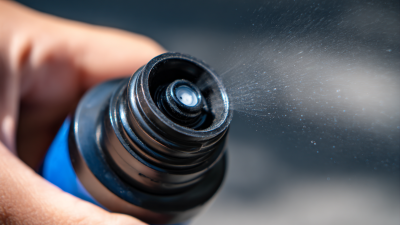
Exploring the Future of Lens Care: Leading Innovations and Alternatives for 2025
-

20 Essential Tips for Choosing the Perfect Glasses Chain
